Explore Tanzania's Northern Circuit
Combine your Ngorongoro safari with other incredible Tanzania destinations for the ultimate East African adventure.
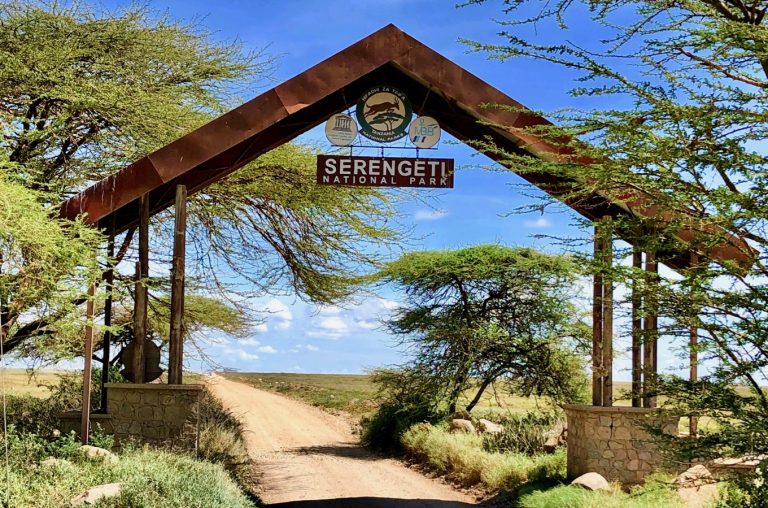
Serengeti National Park
Home to the Great Migration where 2 million animals make their epic journey. Experience endless golden plains, highest lion densities, and the greatest wildlife spectacle on Earth.
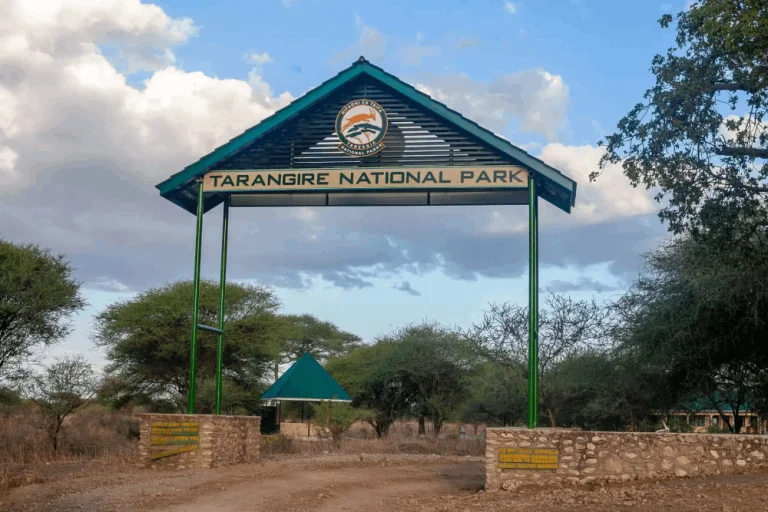
Tarangire National Park
Famous for massive elephant herds (up to 300 individuals) and iconic ancient baobab trees. The Tarangire River attracts diverse wildlife during dry season creating spectacular game viewing.
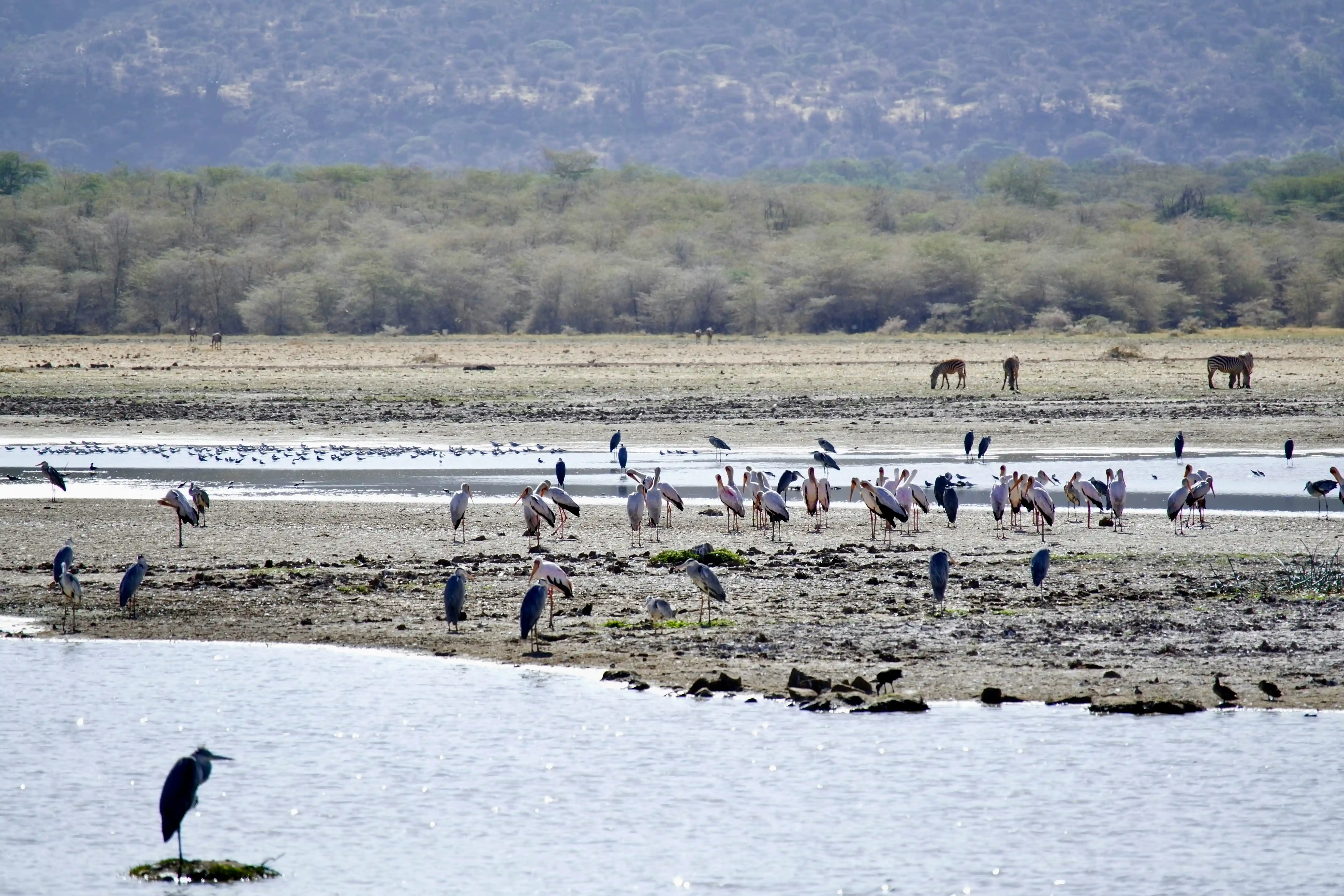
Lake Manyara National Park
Compact park famous for tree-climbing lions, massive flocks of flamingos, and incredible biodiversity. Over 400 bird species make this a birdwatcher's paradise.
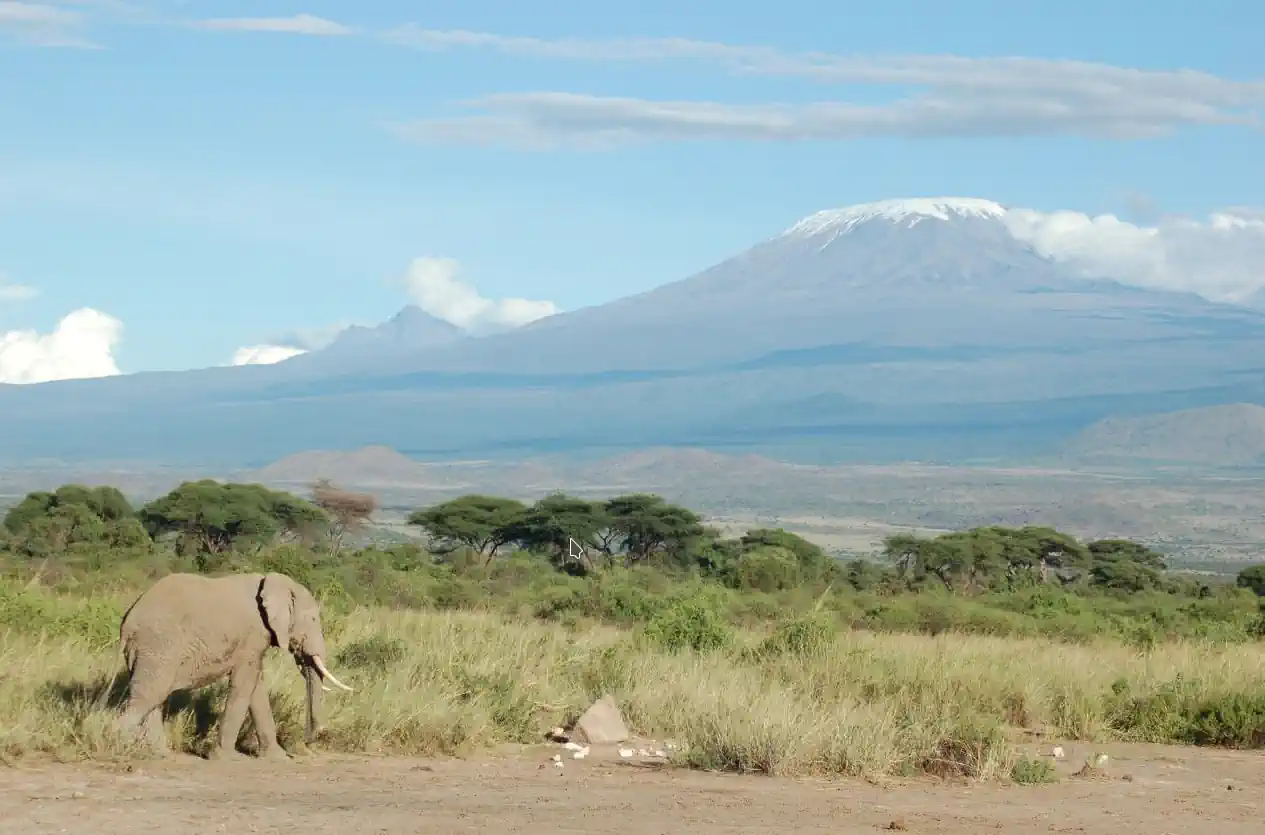
Mount Kilimanjaro
Africa's highest peak and one of the world's Seven Summits. Combine your safari with a climbing adventure to the "Roof of Africa" through diverse climate zones.
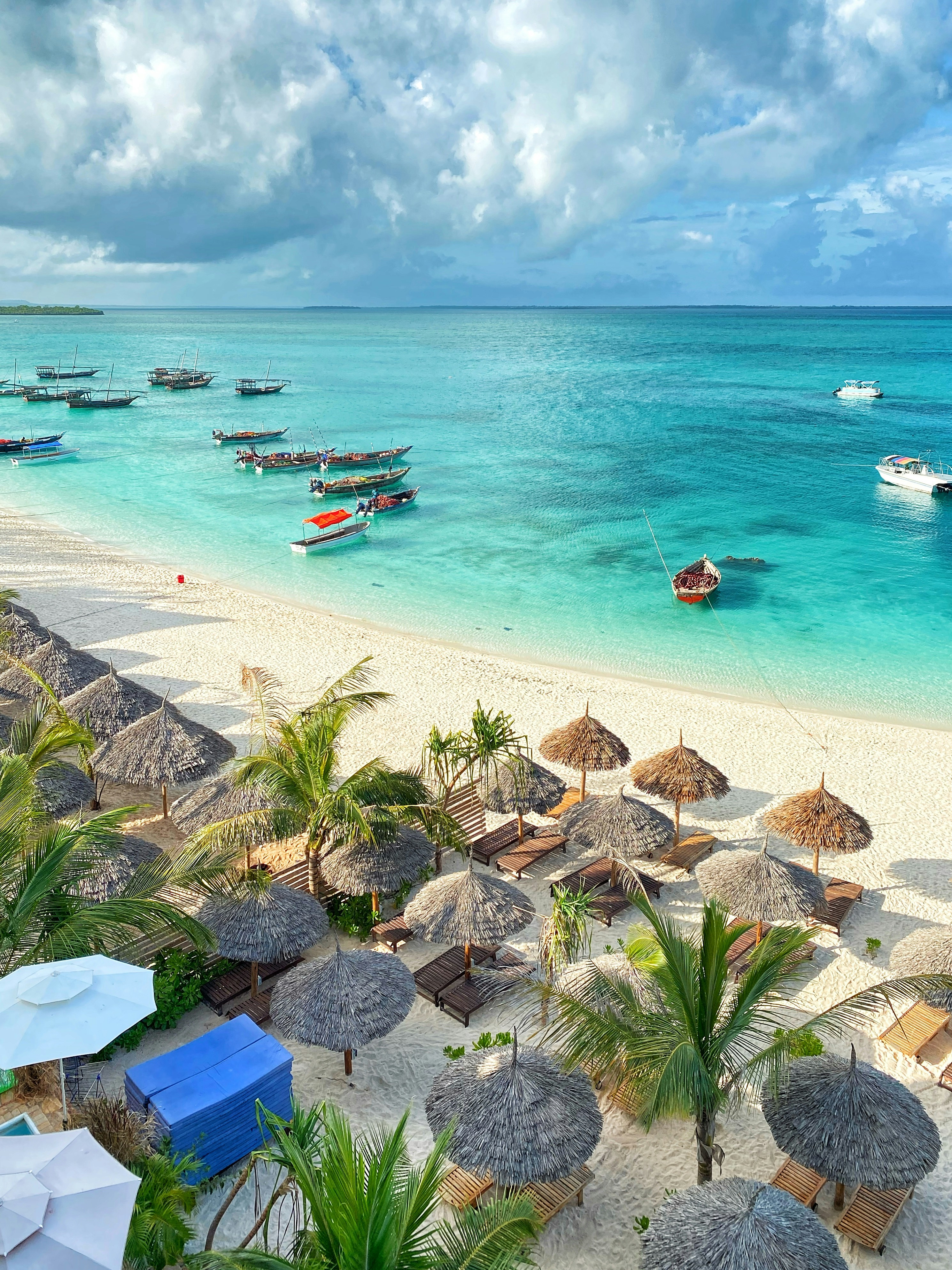
Zanzibar Beach Extension
Perfect way to end your safari with pristine white sand beaches, crystal clear waters, historic Stone Town, and authentic spice tours on the exotic Spice Island.
Ready to Experience Africa's Eden?
Let our expert safari guides help you plan the perfect Ngorongoro adventure. Witness the highest wildlife density in Africa, explore the cradle of mankind, and experience this natural wonder.